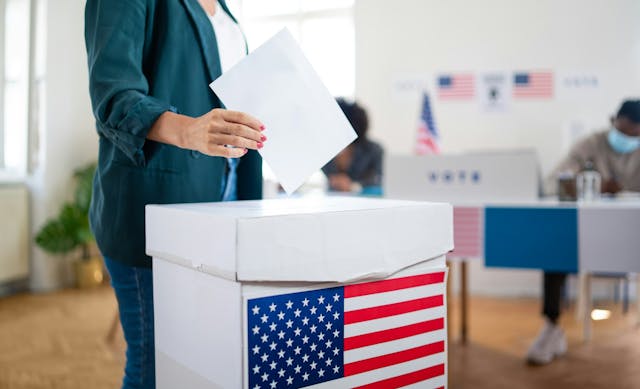Short-Term Solutions for Prison Realignment Overshadow Long-Term Efforts

In July, a comprehensive, 58-county progress report was published by the Board of State and Community Corrections on California county jail procedures, including drastic differences in data collection, individual risk and needs assessments, and short-term versus long-term strategies.
The first two obscure data accuracy, but the "easy" solution of expanding lock-ups has already been proven to be counterproductive to solving recidivism. Despite a chorus of experts emphasizing specific incarceration alternatives, counties continue to invest funds -- against all evidence -- in costly band-aids.In March 2012, Californians United for a Responsible Budget (CURB) released their second color-coded assessment of the realignment methodology of 13 key counties with sufficient data on both jail construction and alternative incarceration. Of those assessed, only 4 counties received a passing grade after intentionally not requesting jail construction funds.
Of the rest, 3 were in the process of reopening closed detention facilities and 6 counties were receiving or seeking at least $100 million in jail construction funds. An additional 15 were "in danger of failing," receiving anywhere from $3 million to $100 million to add anywhere from 60 to 1,280 beds.
An ACLU report on realignment from September 2012 estimated that since implementation, approximately 7,000 jail beds were added to the county systems, with upwards of 10,000 more in the pipeline. Both CURB and the ACLU denounce county jail expansion as a "false solution" to state-level overcrowding, noting that a majority of counties have "pursued business as usual," avoiding substantive commitments to the alternative sanctions that were expected when the state placed the hard work of realignment into county hands.
Most of the counties CURB listed last March as failing or failed also employed alternative sanctions, like Contra Costa's $900,000 toward mental health and substance abuse treatment, Riverside's estimated $4-8 million for mental health services, and San Bernardino's construction of three new reentry day reporting centers. The question is not whether a county implemented long-term solutions; it's whether short-term solutions are detrimental to the big picture.
Contra Costa offset the $900,000 by reopening a large detention wing. Despite an 82 percent split sentencing rate that earned them the ACLU's praise, and a hefty portion of funding set aside for pretrial services, Contra Costa continues to invest much of its realignment funding -- approximately half -- on new hires for the sheriff's department instead of on behavioral health experts.
Riverside's 2012 projection of $4-8 million for mental health services is now only $4.1 million, which is dwarfed by a $300 million jail construction plan. They also invest almost half their funds in the sheriff's department. San Bernardino once invested the vast majority of funds into probation, but in a single year catapulted their sheriff's department spending from $4 million to $25 million. They're investing $120 million of potential day center programming into jail expansion.
71 percent of county detainees are both low and high risk inmates awaiting trial for lack of bail. These are the county's most releasable detainees, but "a lack of comparable county data limits our understanding" of eligibility.According to a June 2013 study on pretrial bail, most counties revert to the bail schedule without considering context. In Los Angeles, bail amounts rarely stray from official recommendations, implying that a lack of individualized assessments and poor monitoring networks contributes to the county's low rates of pretrial release.
A simple statewide bail reduction of only $10,000 would result in 4 more pretrial releases per 100,000. However, current bail levels are so varied that they "def easy explanation...the relationship between total crimes rates and average bail levels is extremely weak, as is the relationship between bail levels and region."According to a September 2012 study on the best pretrial programs in California, the $5,000 presumptive bail for substance possession in San Diego is five times higher in San Bernardino. On top of this unexplained inconsistency, bail bonders, who manage flight risk when the counties don't, currently owe counties $150 million. The results of relying on arbitrary bail are weakened counties with drastically different thresholds for pretrial release.
Working pretrial programs that keep jails under capacity and inmates closely fostered are not a myth. Even with such inconsistency in available data, alternative sanctions like pretrial release are called "evidence-based" for a reason. Nationally, simple pretrial measures like court notifications and minimal fostering are effective at cutting court truancy.
Marin, San Francisco, and Yolo counties all employ conditional pretrial release for each individualized risk assessment using frequent reporting, home detention, electronic monitoring, and even focused pretrial rehab. Respectively, 79, 97, and 95 percent of participants reappeared without incident.
Marin's inmates pay for monitoring, San Francisco's recidivism rate has plunged, and Santa Clara saves $32 million a year on pretrial detention alone. Split sentencing, special courts, in-custody treatment, and extended reentry networks promise even better return. Building cells, in comparison, is paying for convenience.



